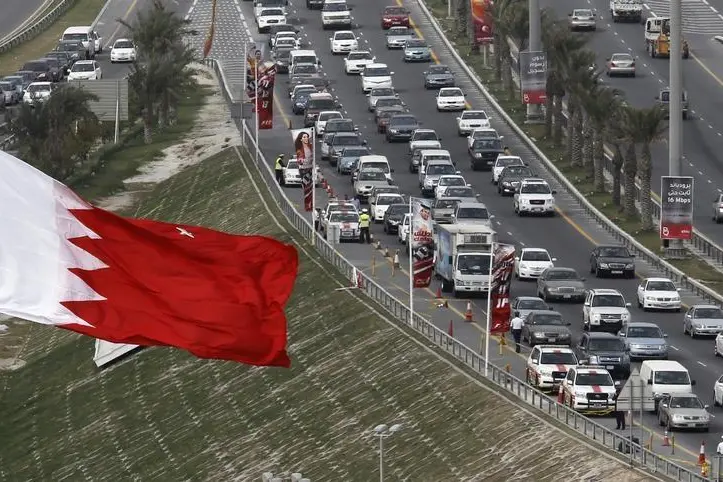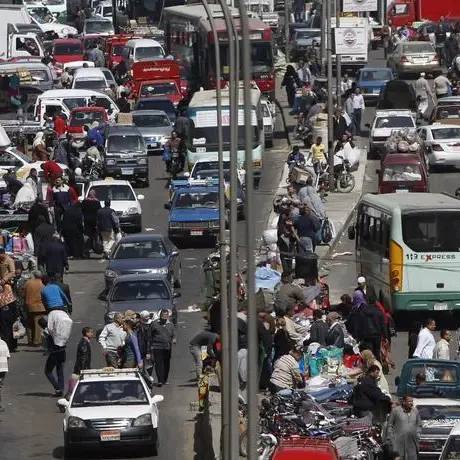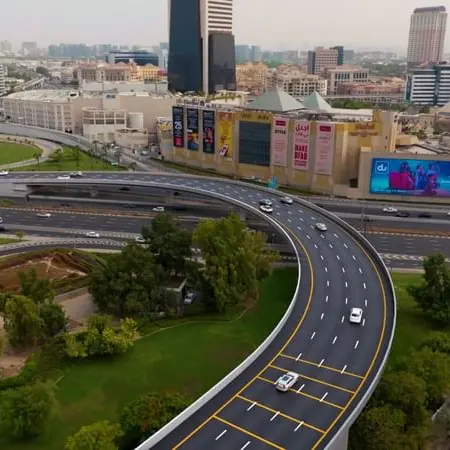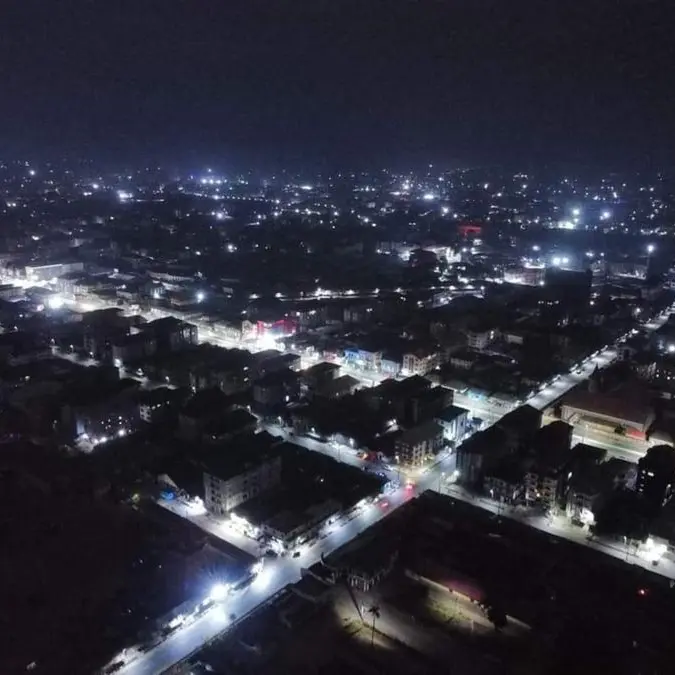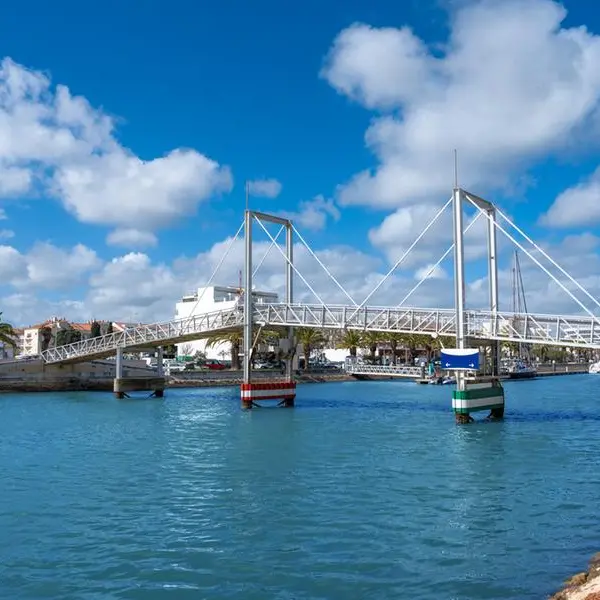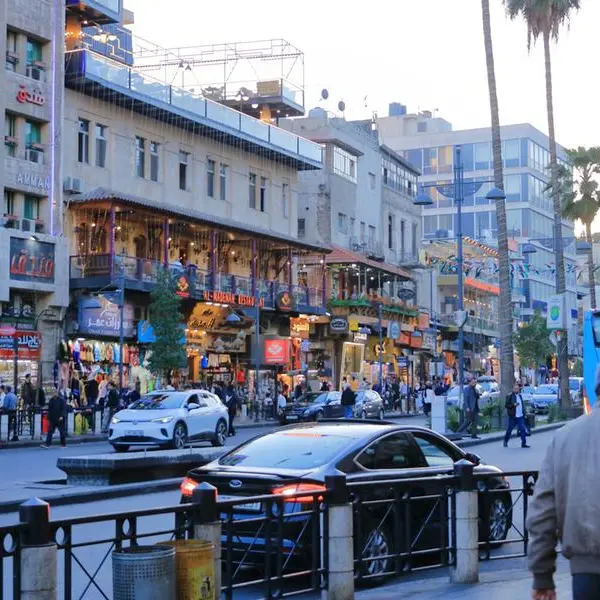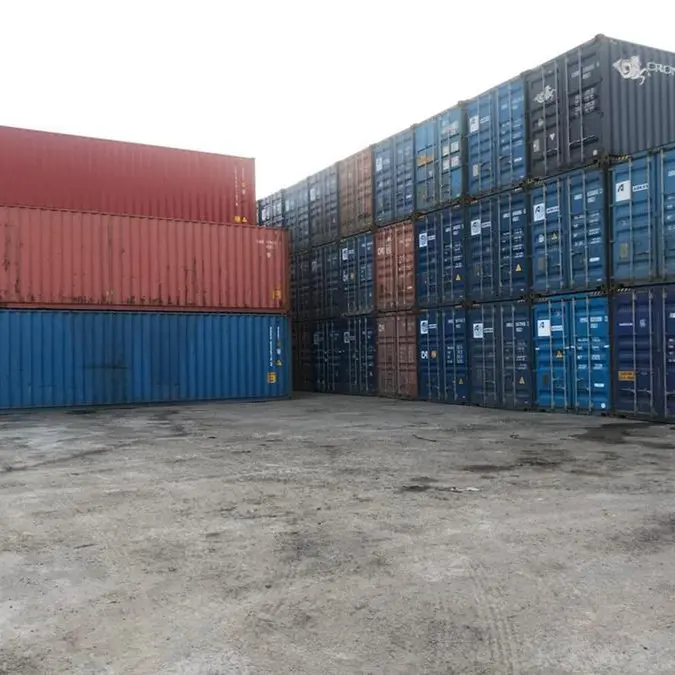PHOTO
A call has been made to increase road speed limits before more cameras and other enforcement mechanisms are put in place across the kingdom.
Municipal councillors claim modern motors are not made for snail paces and that current limitations in place are ‘out of date’.
“Many of the existing speed limits were set decades ago and may not have kept pace with advancements in car safety, road design and traffic flow patterns,” said Muharraq Municipal Council chairman Abdulaziz Al Naar.
“Many speed limits were set when cars were less safe and road conditions were different. Modern vehicles now come equipped with advanced safety technologies, such as anti-lock brakes, stability control and automatic emergency braking which allow them to be safely driven at higher speeds.”
Mr Al Naar said roads themselves can accommodate fast driving too, thanks to design and engineering skills, improved signage and more sophisticated traffic management systems.
“Lower speed limits can cause frustration among drivers, especially when they feel that they are unreasonably low, mainly the 80kmph on the Shaikh Hamad Bridge from Manama to Muharraq and Shaikh Salman Highway from Khamis to the Riffa Clock Tower.
Frustration
“This frustration can lead to dangerous driving behaviours, such as tailgating, sudden lane changes. The result paradoxically increases the likelihood of accidents rather than preventing them.”
Mr Al Naar said when speed limits are perceived as too low, many drivers simply ignore them. “Widespread non-compliance with speed limits can lead to an erosion of respect for traffic laws in general, as drivers may begin to disregard other important road regulations,” he stressed.
“The installation of speed cameras in such areas may end up feeling punitive rather than protective to the public, as drivers see the enforcement of outdated speed limits as unnecessary.”
Southern Municipal Council chairman Abdulla Abdullatif also urged a review of existing speed limits before the expected installation of speed cameras and radars.
“This would ensure that limits reflect actual driving conditions, the capabilities of modern vehicles and the realities of traffic flow,” he said. “Many highways and major roads are designed to handle vehicles moving at higher speeds than current limits allow.
“For example, roads with multiple lanes, wide shoulders and advanced drainage systems can safely support speeds of 120 kilometres per hour, but speed limits in these areas may still be set at 80kmph.
“Raising the limit in such cases would align legal speeds with the roads’ intended function.
“Studies show that most drivers travel at speeds they consider safe based on road conditions, regardless of the posted limit.
“If the majority of drivers are travelling at higher speed on a highway, but the limit is set at 80kmph, those adhering to the lower speed limit can disrupt traffic flow, increasing the chances of accidents.”
Muharraq Municipal Council technical committee chairman Fadhel Al Oud said while speed cameras and radars are effective tools for enforcing speed limits, their effectiveness is closely tied to the appropriateness of the speed limits themselves.
“Where roads are found to support higher speeds safely, limits should be adjusted before cameras or radars are installed,” he added.
He added that the installation of new speed monitoring equipment is often met with scepticism from the public, who may view them as revenue-generating devices rather than safety measures.
Mr Al Oud said they should be installed in locations where speeding poses a genuine safety risk, such as school zones, residential areas, or accident blackspots, rather than in areas where drivers naturally travel faster due to outdated limits.
“Alternatively, variable speed limits, which change based on real-time traffic conditions, weather and road usage could provide a more flexible and effective way to manage speeds without the need for strict and static limits.”
Globally, road safety campaigners have called for speed limits that are more draconian. According to some experts, 90kmph is the safest speed when driving on a highway. Meanwhile, on residential roads, the recommended speed is between 16 and 40kmph.
When the Flemish government decided to lower speed limits to 70kmph on a considerable number of highways studies showed a five per cent decrease in the crash rates. A greater effect was identified in the case of crashes involving serious injuries and fatalities, which showed a decrease of 33pc.
In recent years in Bahrain, the speed limit on certain sections of major highways has been increased to 120kmph but no figures have been released as to whether there has been an increase or decrease in the number of accidents,or their severity, since the change.
Copyright 2022 Al Hilal Publishing and Marketing Group Provided by SyndiGate Media Inc. (Syndigate.info).
